If you frequent brewpubs, you’ve most likely heard of the term “beer flight". However, if you’re…
The 4 Ingredients in Beer – What is in your beer?
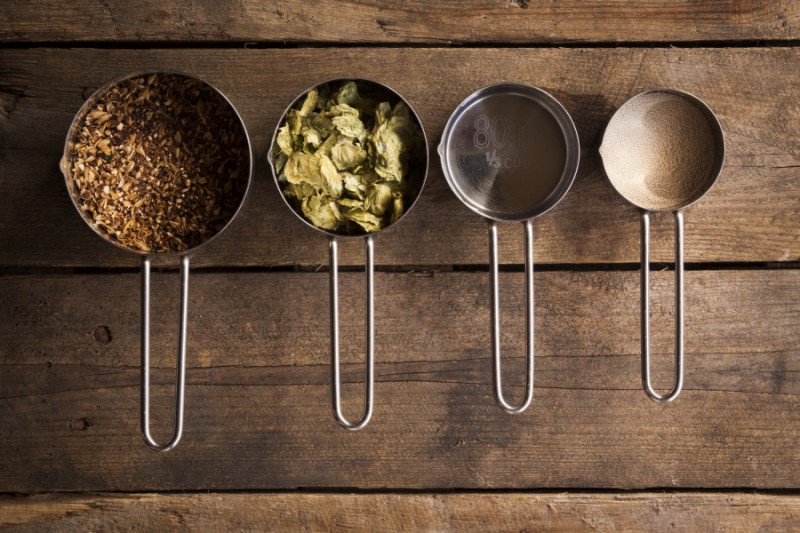
What is in your beer? Have you ever wondered what goes into that can, bottle, or glass of beer you’re holding? What creates the beer taste you love, whether it’s bitterness or sweetness or sour or funk or booziness? Beer contains just 4 ingredients. But those 4 beer ingredients produce magic.
Curiosity is one of life’s greatest assets. It bridges the distance between the knower and the learner. Beer seems confusing and complicated because of the process it takes to make it. Brewing beer is an art form, how your favorite beer is brewed depends on the type of beer it is. Nevertheless, the fundamentals of brewing any type of beer is essentially the same.
What does beer taste like? And Why?
If all beer is composed of the same 4 ingredients, why do they taste so different? We are going to dive in to each ingredients role in making the beer you love. We will learn from the one’s who do it best; master brewers, who have pulled the curtain back to give us some insights into their process. If you are homebrewer, we will provide links to ingredients used by some of the great brewers.
Water
The first of the 4 ingredients of beer is water. This is the biggest ingredient in beer and perhaps the most overlooked.
How much water is in beer?
Most beers are under 10% alcohol, meaning that the rest is water. About 90% of beer is water. Beer wouldn’t exist without brewing water. Since this is the largest ingredient in beer it stands to reason that this is the most important ingredient in beer. This is the vehicle, where balance of the flavor ingredients can be achieved, but the palate (water) must be a purposeful intention.
There are different factors in water that can warp the taste of a beer.
These factors include: chlorine levels, hardness, mineral content, pH levels, salt levels, and sulfate levels.
Breweries like Hill Farmstead

and

took great pains to access well water that is indigenous to their regions. Hill Farmstead in Vermont and Jester King in the hill country of Central Texas. The minerality of the water at both breweries makes their water have flavor. When we think of water, generally we think in neutral terms, flavorless. Well water in beer contains flavor imparted by the minerals present in the region. This is an asset and a challenge for the brewer. Hill Farmstead and Jester King beers are still treated to yield the desired result, but they are operating from something organic and rooted in the terroir they are trying to achieve. Well water use seems to be a big consideration when brewing farmhouse ales, which is in tradition of family farm style brewing that has been passed down for years.
Most brewers carbon filter the water they use as well as additions of other water conditioners.
Water conditioners are systems that filter out or help balance the chemical and minerals makeup of the beer. Some even soften hard water. An important consideration when trying to manage well water profiles.

Neil Fisher, Co-Founder and Head brewer of WeldWerks Brewing uses Epsom salt to help manage sulfates and he manages calcium present in the water with magnesium sulfates. He is trying to achieve a ratio of 3:1 chloride to sulfates for his award winning New England IPA, Juicy Bits. He wants this ratio as this helps deliver a softer mouthfeel and underpins the fruity characters of the hops he employs. Most traditional West Coast IPA’s will use the inverse of this ratio with 3:1 sulfates to chloride, because this profile accents the bitterness of the hops.
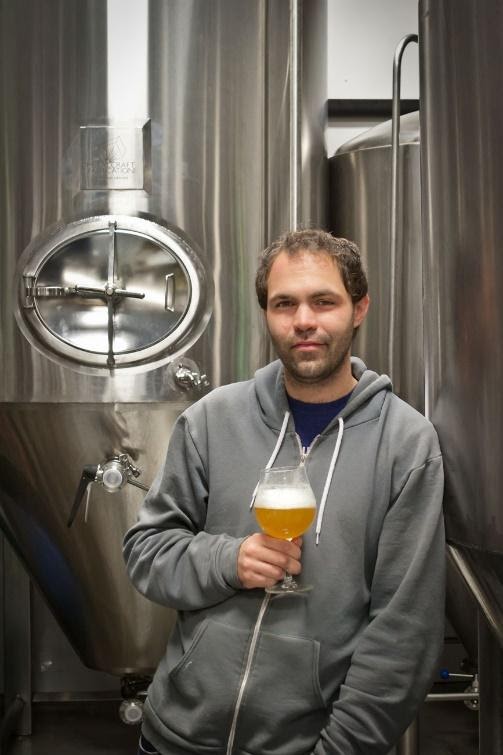
Shaun Hill of Hill Farmstead notes that he is brewing to flavor rather than recipe or hop rate or water profile and he will adjust all three to achieve the flavor target he is aiming for. It is not beyond him to dump hundreds of dollars’ worth of brew if it doesn’t meet standards.
Beer Ingredients – The Grains
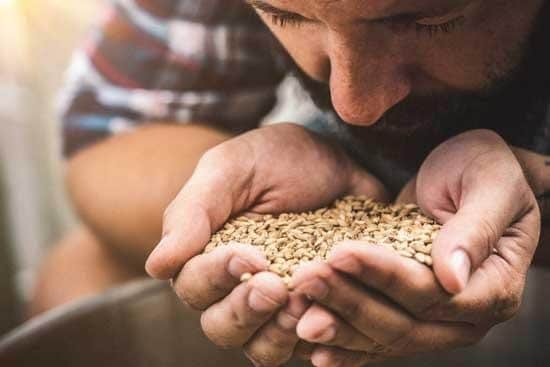
Number 2 on the 4 ingredients of beer is grain. The grain bill is another consideration in the creation of a good beer recipe. Grains are traditionally malted first and create the malt taste in beer. The malted grains used also creates the glucose (maltose a type of sugar) so the beer can ferment.
Before they can ferment most grains have to go through a malting process to start a controlled germination process. If you’ve ever tried to eat a raw barley kernel, it will break a tooth, so it clearly needs to be modified to be useful. In general terms germination is when the carbs from the grains turn into fermentable sugars. This happens in three stages:
- Steep and air rest – a process of hydrating the kernel to wake the grain up.
- Germinate and sprout – from the outside of the grain, roots emerge, this is the breakdown of the proteins and results in the opening of the seeds’ starch reserves.
- Kilning – convection heat treatment to dry the green malt to prevent continuous germination and sprouting. Enzymes are also activated which accounts for the coloring and flavor subtleties.
Yeast feed on this glucose (sugar) from the grains while fermenting. This is what creates the alcohol and the CO2 (or carbonation) in the beer.
There are interesting grain bills from which to choose from. This can include barley, wheat or oats. These grains can be dry roasted for various times which elicit color, due to the Maillard reaction and with it, differing flavor components. Just like fresh bread tastes different from toasted bread, so does green malt taste different from roasted malt. The type of grain makes an impact on the color of the beer too. The longer they roast the grains, the darker the color of the beer.
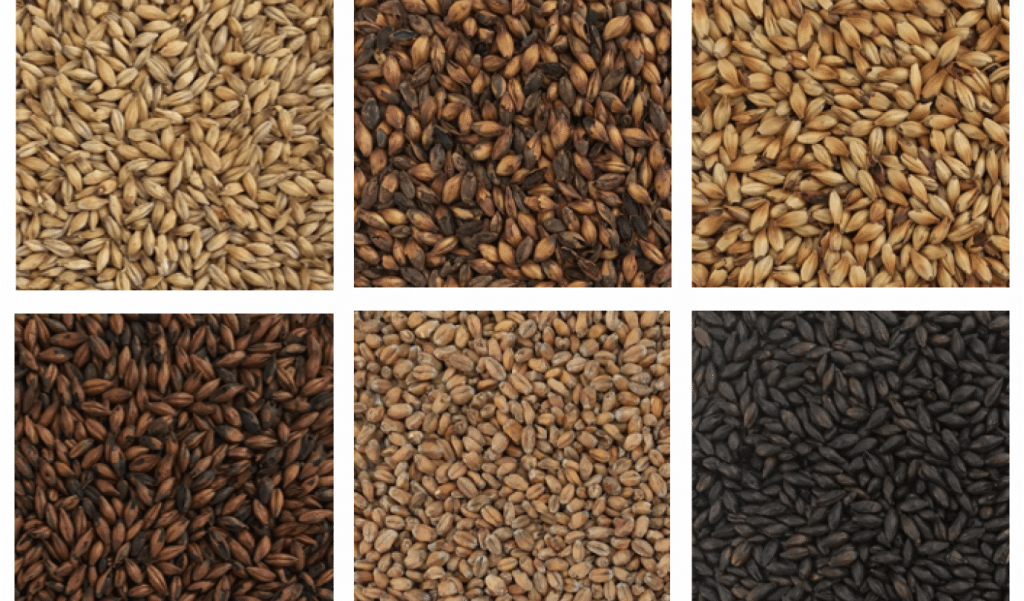
The proteins found in grains form the foam on the beer, often referred to as the head. Neil Fisher of WeldWerks is reliant on his grain bill, which is rich in protein, to help him create a creamy mouthfeel and haze stability. He uses 20% each of flaked wheat, flaked oat and white wheat. This is dense with protein.
Beer Styles
Brewers use several grains to make a rainbow of beers.

The most common grain found in beer is barley. Cory King of Side Project utilizes a variety of grains for his signature stout Derivation. Barrel 3 used a soft rye in the malt while Barrel 1 used a wheat malt. Barrel 7 used oats. Yet there is a consistency to the profile and flavor of all his Derivations.
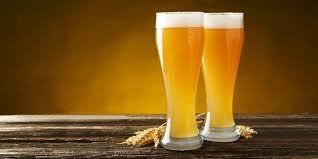
Germans have had a history of wheat beers, such as Hefeweizen. It’s a trickier ingredient to work with, given the sticky texture it elicits. Neil Fisher noted that wheat is a challenge to work with and requires attention to the mash temp which he keeps around 149 degrees. It can cause gumminess in the brewing process, so extra attention is required.
Other grains in different beer styles can include: caramel malts, chocolate malts, corn, potatoes, pumpkin, and sorghum. Beer pairings with food can act as a guide for flavor choice of grain.

Todd Boera, Co-Owner and Head Brewer of Fonta Flora, uses rice as his grain bill for his Carolina Gold – a Rice Lagered Saison. This isn’t your run of the mill Unlce Ben’s, this is Appalachian grown, heritage rice. Rice keeps the beer gluten-free, a nice option for folks with gluten allergies.
Beer Ingredients – The Hops

Number 3 on the 4 ingredients of beer is hops. Hops have come a long way. It wasn’t too long ago when hops only produced a resinous, piney, grapefruity essence and that was about it. They have traditionally been used to perfume the beer as well as provide bitter contrast to the natural sweetness of the malt. With more recent renditions, hops have taken on all kinds of flavor characteristics. Fruit forward hops such as Mosaic, Citra, Amarillo and Simcoe have much less bitterness which impart flavors from pineapple to tropical fruit to citrus to stone fruit. Hops like El Dorado have a more oniony, lemon grass like essence which helps give IPA’s their dank qualities and earthiness. They have become as diverse as herbs.
Hops are best known for their floral aromas. The aroma comes from the essential oils within. Hops also serve the purpose of fighting off unpleasant bacteria from infecting the beer. It’s the resin hiding inside the pine-cone shaped flowers, when boiled. emit taste and aroma.
The timing is important, when the hops are added to the brew (boiling wort) they will have an influence on how strong that taste and aroma will be in the beer. If added at the beginning of the boiling process, the beer will have a more pronounced bitterness.
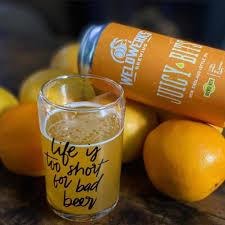
Neil Fisher, when brewing his GABF Gold Winning Juicy Bits, uses a combination of Mosaic, Citra, and El Dorado at strategic times. He avoids wet hopping in the kettle altogether and relies solely on dry hopping at 3 stages of the fermentation process (beginning, middle and end). This helps manage the bitterness, while pushing the limits of what a beer can handle hop-wise, by including 3-8 lbs of hops per barrel. He uses a 1:1:1 ratio of Citra for a tangerine note, Mosaic for pineapple notes and El Dorado for dank.
A hops flavor without too much bitterness. The more hops a beer has, the higher the International Bitterness Units (IBUs). International Bitterness Unit is a type of beer measurement to gauge the bitterness. This, however, has become antiquated as brewers utilize many techniques to limit bitterness, while loading the beer with oodles of hops.
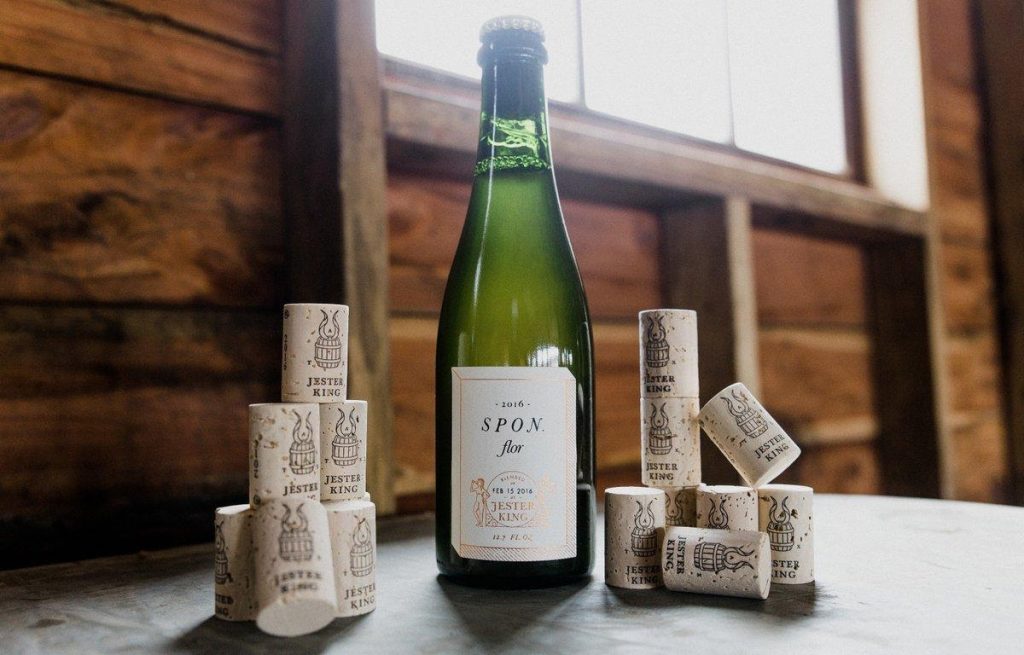
Spon
Jeffrey Stuffings of Jester King ages hops in the brewery’s barn, in burlap sacks for their signature Spon, a spontaneously fermented ale that is an homage to the gueuze tradition of Belgian Lambic brewing.
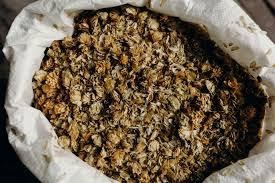
These hops are generally aged around 3 years which produce some unique tannins. The aged hops retain their bittering capacity and requires more time to sour than fresh hops. By aging the hops, the hops tend to take on the aromas of the barn which helps to provide that trademark barnyard funk that makes Spon and this style so unique.
Beer Ingredients – The Yeast

Last but not least on the 4 ingredients of beer is yeast. Yeast is one of the more flexible ingredients. It turns sugars present in the grains into alcohol and CO2. Yeast is a crucial ingredient when considering flavor and it is necessary to elevate a good beer into something special.
To get the fermentation right, the yeast has to be at the right temperature and timing needs to be precise. Depending on the beer you are trying to brew, yeast is a primary consideration.

Cory King of Co-Owner and Head Brewer of Side Project, perhaps the pre-eminent brewer of Barrel Aged Stouts in the world, has a couple of go to yeast strains that he utilizes in his Imperial Stout program. He is fond of US—05 and 1056 Chico or aka Wyeast 1056. The dry version of US-05 produces a noticeably different character than the liquid, variations, such as more fruity esters and spices. This yeast is very durable and able to withstand a range of temperatures. It is clean and neutral.
This is what separates the novice Home Brewer from a master, knowing what to do with the ingredients you have. As Cory explains, he will ferment his imperial stouts at 65 degrees which allows the yeast to lag. “This helps the yeast know that they have work to do.” This consistent temperature provides the long, consistent and slow fermentation that Cory is looking for. Using this kind of time reduces the chance of attenuation, which makes for a fuller mouthfeel. An ingenious technique that Cory King uses is brewing an entire stout as a yeast starter for his imperial stouts. He notes that it is difficult to over pitch yeast in a stout, but he has had plenty of under pitched stouts which makes for a watery, unsatisfying stout.
While Cory utilizes neutral yeasts, Neil Fisher of WeldWerks uses London Ale III, which a more expressive yeast that will underscore the fruit character of his New England IPAs. This strain is a British strain that is has lower attenuation which allows for the fruit characteristics of his hop combination to be more expressive. This use of yeast allows him to push the boundaries of hop usage.

Spontaneous Fermentation
Jeffrey Stuffings, of Jester King is one of the pioneers in the Craft Beer scene for championing the use of spontaneous fermentation, which only relies on the natural yeast that is available in the air. This is the moment when yeast and bacteria come in contact with the liquid and are at the mercy of whatever microflora happen to be in the air or in the fruit they are fermenting.
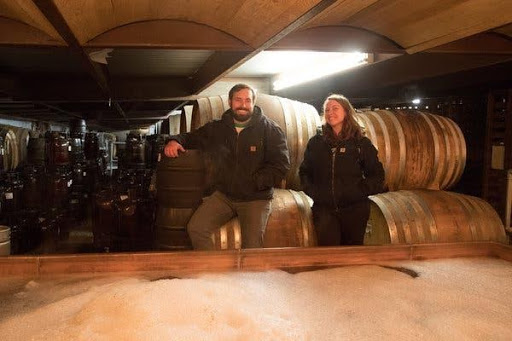
At Jester King, the yeast and bacteria are plentiful, as the yeast harvesting occurs adjacent to their barrel room, where wild fermentation happens on a daily basis, so the air is rich with wonderfully wild flavor bugs. Brewers don’t exactly know what going to end up in the beer, making it a gamble, but one that can produce some extraordinary beer. This isn’t new, it’s the oldest method of making booze of any sort. Using this yeast method produces no certainty or clear path to perfection. It constantly leaves you asking, “What am I drinking exactly? What am I tasting?” If you’re a gas station IPA drinker, the flavor spectrum here will challenge your palate way beyond what you are used to.
After about two weeks of fermentation (primary fermentation), yeast pauses the process. A secondary fermentation is employed at this point, by transferring the beer to another container, such as a barrel or fouder for an aging period.
During Barrel Aging of his Imperial Stouts, Cory King wants to achieve a fully integrated beer, not a stout that has a shot of bourbon in it. He is aiming for the barrel and the stout to become one thing, not merely a stout/bourbon cocktail. Integration happens during the aging process. Aging happens as the beer touches the barrel, then it needs to be re-aged so the two blend into one. His BA stouts often take over 18 months to complete. The aging process, allows for the yeast to continue to work, by feasting on the available sugars present in the brew. The slow, consistent temperature control lets this unfold with great intention and respect for the ingredients.
Types of Yeast Used In Beer
In general terms there are two broad types of yeast used in beer brewing.
- First, there’s top-fermenting yeast which makes ale. Top-fermenting yeast sits at the top of the beer when it’s going through the fermentation process. This type of yeast has to be fermented at 60 degrees to 75 degrees Fahrenheit.
- Second, there’s bottom-fermenting yeast used to produce lager. Bottom-fermenting yeast sits at the bottom of the beer during the fermentation process.
For lagers, the yeast has to be maintained at 40 degrees to 50 degrees Fahrenheit.
Some of the yeast used in beer are neutral yeasts. Their only job is to ferment and not add any flavoring to the drink.
4 Beer Ingredients Conclusion
What’s in your beer? What are the 4 ingredients of beer? Earth, wind, fire, and time, baby. Imagine giving 4 ingredients to an Iron Chef and giving those same ingredients to a home cook, one will produce something special due to his mastery of technique and extensive vocabulary of cuisine options, while the other will make something tasty but not fine dining worthy. These four essential ingredients are the building blocks of every beer. And each ingredient has its role during the brewing process.
It is the master brewer who knows how to wring out every ounce of flavor from these ingredients to produce some of the best suds to hit your palate. We hope this article illuminates you on the ingredients in your beer and the infinite taste possibilities available with these beautifully simple pillars. We hope you gain perspective on their value and importance. If you are interested in learning more about beer tasting, check out our How to Evaluate Beer Like an Expert post.


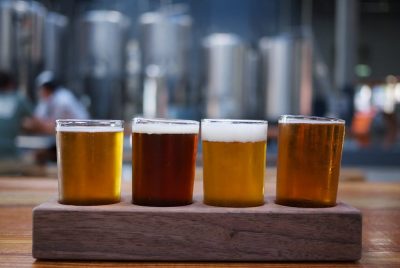


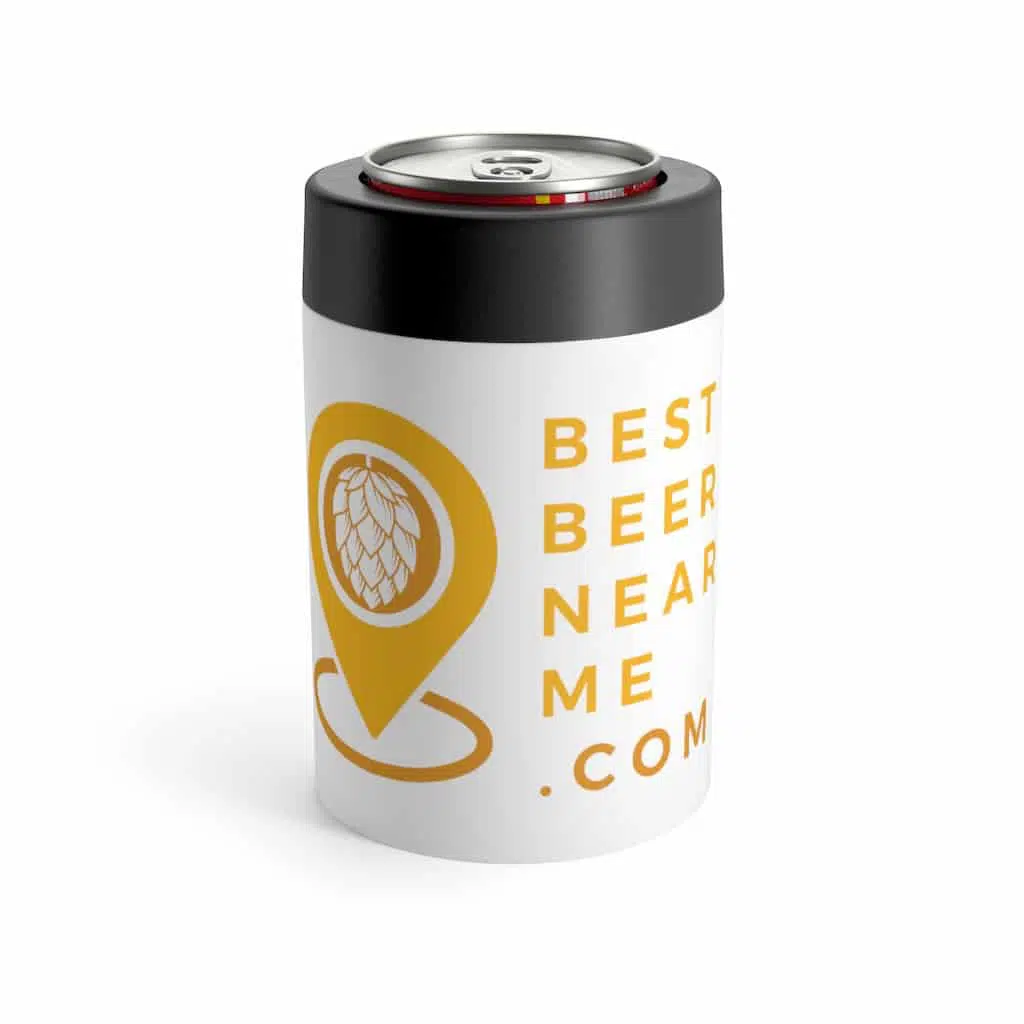

[…] the slightest sharp, citrusy note of cannabis – that’s the hops talking. They were originally added to beer to enhance flavor, and the preservative properties were discovered later. When a beer has distinct, easily […]